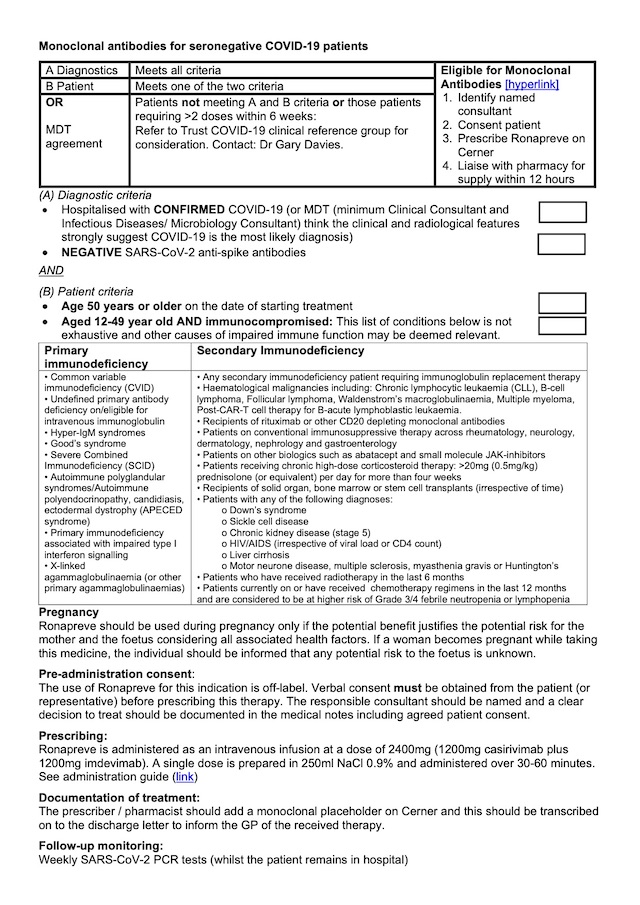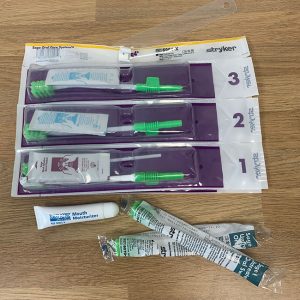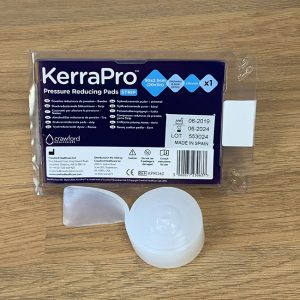Other Monoclonal Antibodes
Casirivimab, Imdevimab and Sotrovimab are US FDA approved recombinant neutralizing human IgG1 monoclonal antibodies that target the receptor binding domain of the spike protein of SARS-CoV-2. Whilst not yet evaluated and NICE approved in UK, they may become available for use in the near future; updates to follow.


